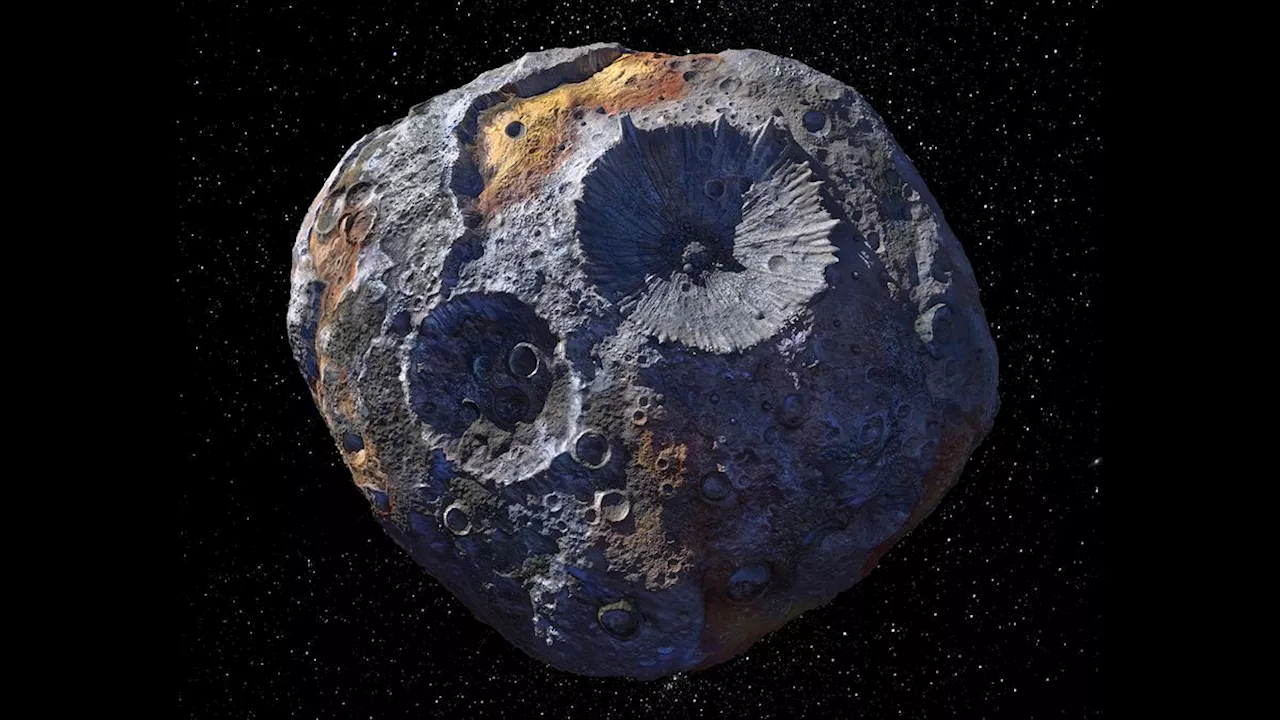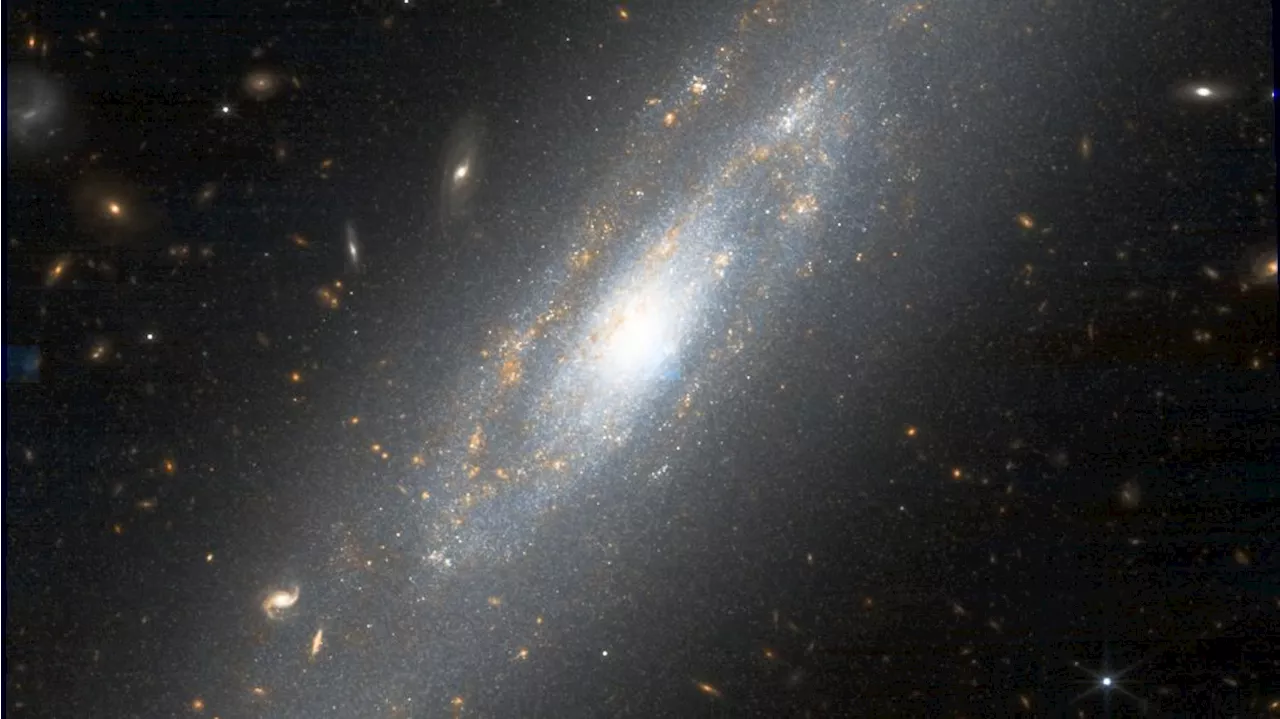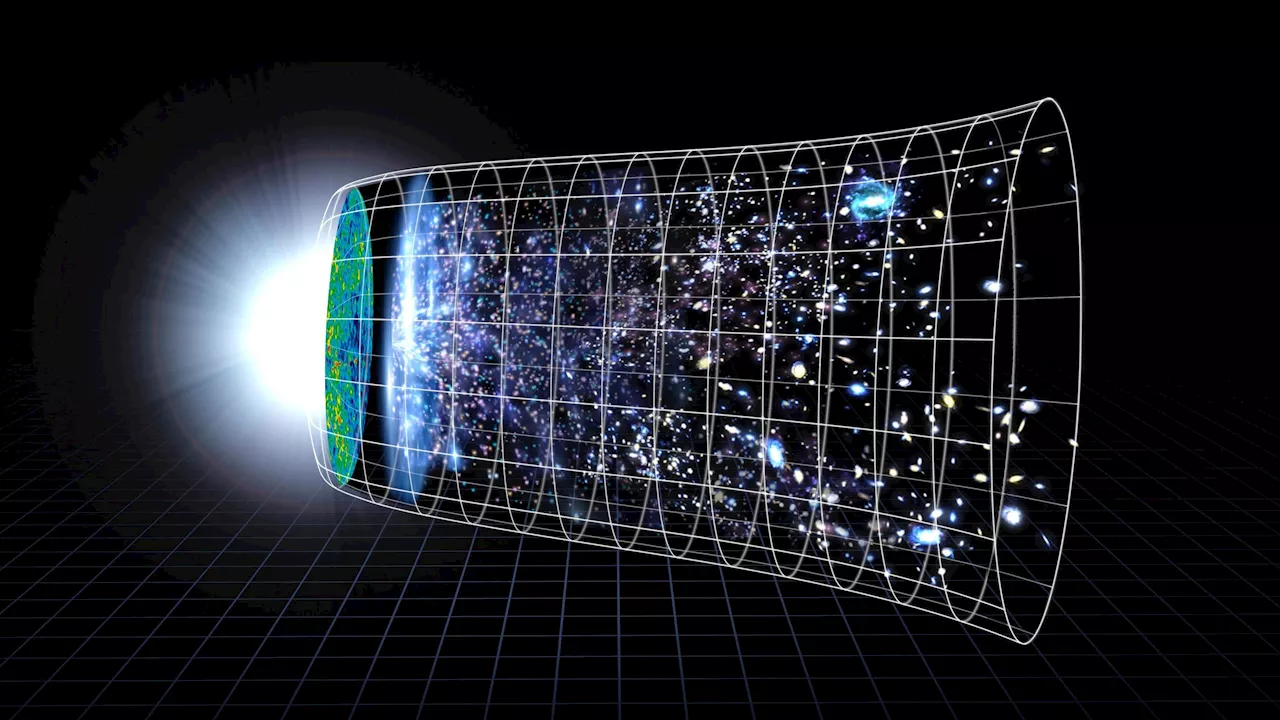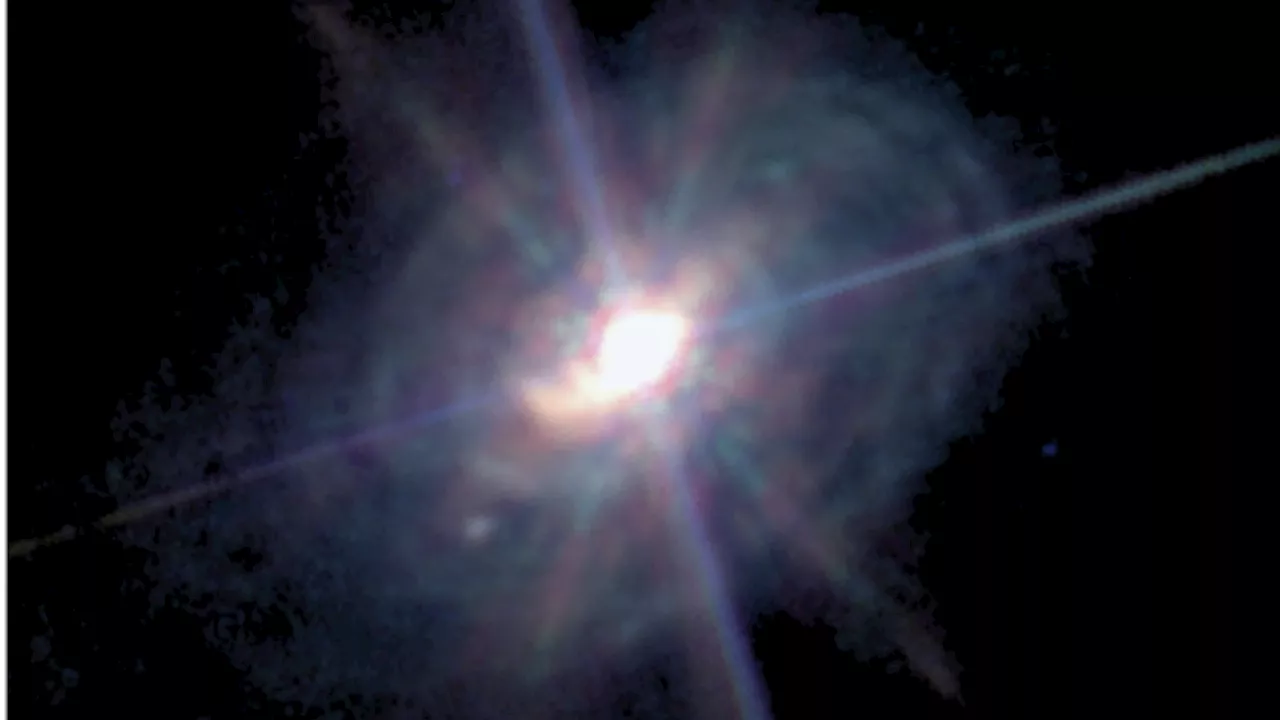7 Jaw dropping James Webb space telescope images.
What’s uncommon is that none of the planet-sized bodies, all between five and 15 times Jupiter ’s mass, orbit a star, as the Earth does to the sun.A Johns Hopkins University team is drawn to the potential that these were actually brown dwarfs, the astronomic term for failed stars.
“If you have an object that looks like a young Jupiter, is it possible that it could have become a star under the right conditions?” said lead study author Adam Langeveld.Dave Portnoy reveals his top 3 NYC pizza places: 'I don't want to cause a fistfight'the Persues constellation 960 light years away
The planetary scientists were shocked that nothing there embodied a mass beneath what would be five times the size of Jupiter. “In some ways, what’s most striking is what we didn’t find,” researcher Ray Jayawardhana told the outlet of the discovery,It could be an important distinction that brown dwarfs cannot form from anything comparatively lighter — as it is, the discovery equated to only about 10% of NGC1333’s mass.A discovery by the James Webb Telescope, similar to this image, reveals interesting data on how far-away planets may have formed..
Astronomy Jupiter Planets Research Space
United States Latest News, United States Headlines
Similar News:You can also read news stories similar to this one that we have collected from other news sources.
 James Webb Space Telescope finds 6 wandering 'rogue' planets that formed just like starsKeith Cooper is a freelance science journalist and editor in the United Kingdom, and has a degree in physics and astrophysics from the University of Manchester.
James Webb Space Telescope finds 6 wandering 'rogue' planets that formed just like starsKeith Cooper is a freelance science journalist and editor in the United Kingdom, and has a degree in physics and astrophysics from the University of Manchester.
Read more »
 James Webb telescope detects signs of rust on priceless, metal-rich asteroid PsycheDeepa Jain is a freelance science writer from Bengaluru, India. Her educational background consists of a master's degree in biology from the Indian Institute of Science, Bengaluru, and an almost-completed bachelor's degree in archaeology from the University of Leicester, UK. She enjoys writing about astronomy, the natural world and archaeology.
James Webb telescope detects signs of rust on priceless, metal-rich asteroid PsycheDeepa Jain is a freelance science writer from Bengaluru, India. Her educational background consists of a master's degree in biology from the Indian Institute of Science, Bengaluru, and an almost-completed bachelor's degree in archaeology from the University of Leicester, UK. She enjoys writing about astronomy, the natural world and archaeology.
Read more »
 James Webb Space Telescope adds to the confusing drama of Hubble tensionKeith Cooper is a freelance science journalist and editor in the United Kingdom, and has a degree in physics and astrophysics from the University of Manchester.
James Webb Space Telescope adds to the confusing drama of Hubble tensionKeith Cooper is a freelance science journalist and editor in the United Kingdom, and has a degree in physics and astrophysics from the University of Manchester.
Read more »
 James Webb Telescope May Have Finally Solved the Crisis in CosmologyScience, Space and Technology News 2024
James Webb Telescope May Have Finally Solved the Crisis in CosmologyScience, Space and Technology News 2024
Read more »
 Space photo of the week: James Webb telescope catches baby stars roaring to lifeJamie Carter is a freelance journalist and regular Live Science contributor based in Cardiff, U.K. He is the author of A Stargazing Program For Beginners and lectures on astronomy and the natural world. Jamie regularly writes for Space.com, TechRadar.com, Forbes Science, BBC Wildlife magazine and Scientific American, and many others.
Space photo of the week: James Webb telescope catches baby stars roaring to lifeJamie Carter is a freelance journalist and regular Live Science contributor based in Cardiff, U.K. He is the author of A Stargazing Program For Beginners and lectures on astronomy and the natural world. Jamie regularly writes for Space.com, TechRadar.com, Forbes Science, BBC Wildlife magazine and Scientific American, and many others.
Read more »
 James Webb Space Telescope finds a shock near supermassive black hole (image)Robert Lea is a science journalist in the U.K. whose articles have been published in Physics World, New Scientist, Astronomy Magazine, All About Space, Newsweek and ZME Science. He also writes about science communication for Elsevier and the European Journal of Physics. Rob holds a bachelor of science degree in physics and astronomy from the U.K.
James Webb Space Telescope finds a shock near supermassive black hole (image)Robert Lea is a science journalist in the U.K. whose articles have been published in Physics World, New Scientist, Astronomy Magazine, All About Space, Newsweek and ZME Science. He also writes about science communication for Elsevier and the European Journal of Physics. Rob holds a bachelor of science degree in physics and astronomy from the U.K.
Read more »
